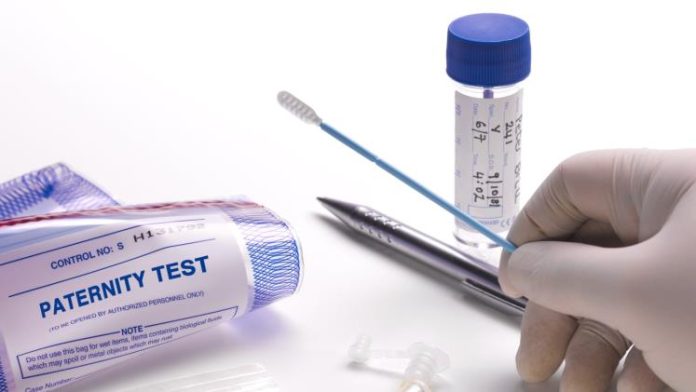What is a DNA Paternity Test?
The main purpose of this genetic test is to know whether a person is the biological father of another person. These tests have gained a lot of popularity as it helps solve important legal issues.
Paternity tests are deemed essential when it’s a matter of the rights and duties of a person – as a father. When these duties are in issue, and the paternity status is in doubt, DNA testing is important.
These tests can even look into the likelihood of someone being the grandparent of another person. However, some older methods also exist, but DNA paternity testing is seen as the most accurate and advanced way of finding out.
Accuracy of DNA Paternity Test
When it comes to finding the accuracy of this test, it turns out that this test is very accurate in telling results. The level of accuracy is up to 99.9% in determining whether a man is really a biological father or not. DNA test kits like CRI Genetics help you know your genetics to check ancestry status with advanced genetic testing systems.
Why are Paternity Tests Taken
Knowing the paternity status is seen as necessary for different reasons. This helps to:
- In terms of legal issues regarding rights and responsibilities, genetic testing helps in child support and child custody.
- Benefits related to social security.
- Issues of inheritance.
- Helps in diagnosing a link to some genetic condition. When dealt with properly in time, it improves the chances of good health in the future.
Is it Possible to Know Paternity Status During Pregnancy?
Before the birth of the baby, it is absolutely possible to know about the biological father. This can be done with three different testing techniques. Let’s look at each method one by one:
Amniocentesis
This way of knowing about paternity is done by taking a minuscule amount of amniotic fluid.
What the doctor or attendant does is insert a needle into the mother’s abdomen. This sample then goes to the lab where it’s compared with that of the potential father.
The con of using the amniocentesis technique is that there are greater chances of miscarriage. This test can be conducted within the fifteenth and twentieth weeks of pregnancy.
The NIPP
The main purpose of the non-invasive prenatal paternity test is to assess the fetal DNA in a woman who is pregnant. After the sample of fetal DNA is taken, it’s then compared to the cheek cell DNA sample of the potential father.
Chorionic Villus Sampling
This method is carried out by taking a sample of tissue from the placenta. In this method:
- The procedure takes place through the mother’s cervix
- Or the procedure takes place through the mother’s abdomen
The sample is then compared with the DNA sample from the person who may be the biological father of a baby.
When can the CVS be Conducted?
Usually, chorionic villus sampling or CVS testing is done between ten to thirteen weeks after the mother’s last menstrual cycle. As compared with amniocentesis, CVD has a smaller risk of miscarriage.
Benefits of DNA Paternity Test
The point when a person acknowledged that they are the father by signing a birth certificate – the paternity on a legal level is established. However, singing the birth certificate does not mean that the signing person is the biological father.
A DNA paternity test helps establish the paternity status of a child. This test makes clear who the biological father of the child is. This helps save from a situation in which no alleged person is willing to sign the certificate, and is not willing to give the child the right he or she deserves.

